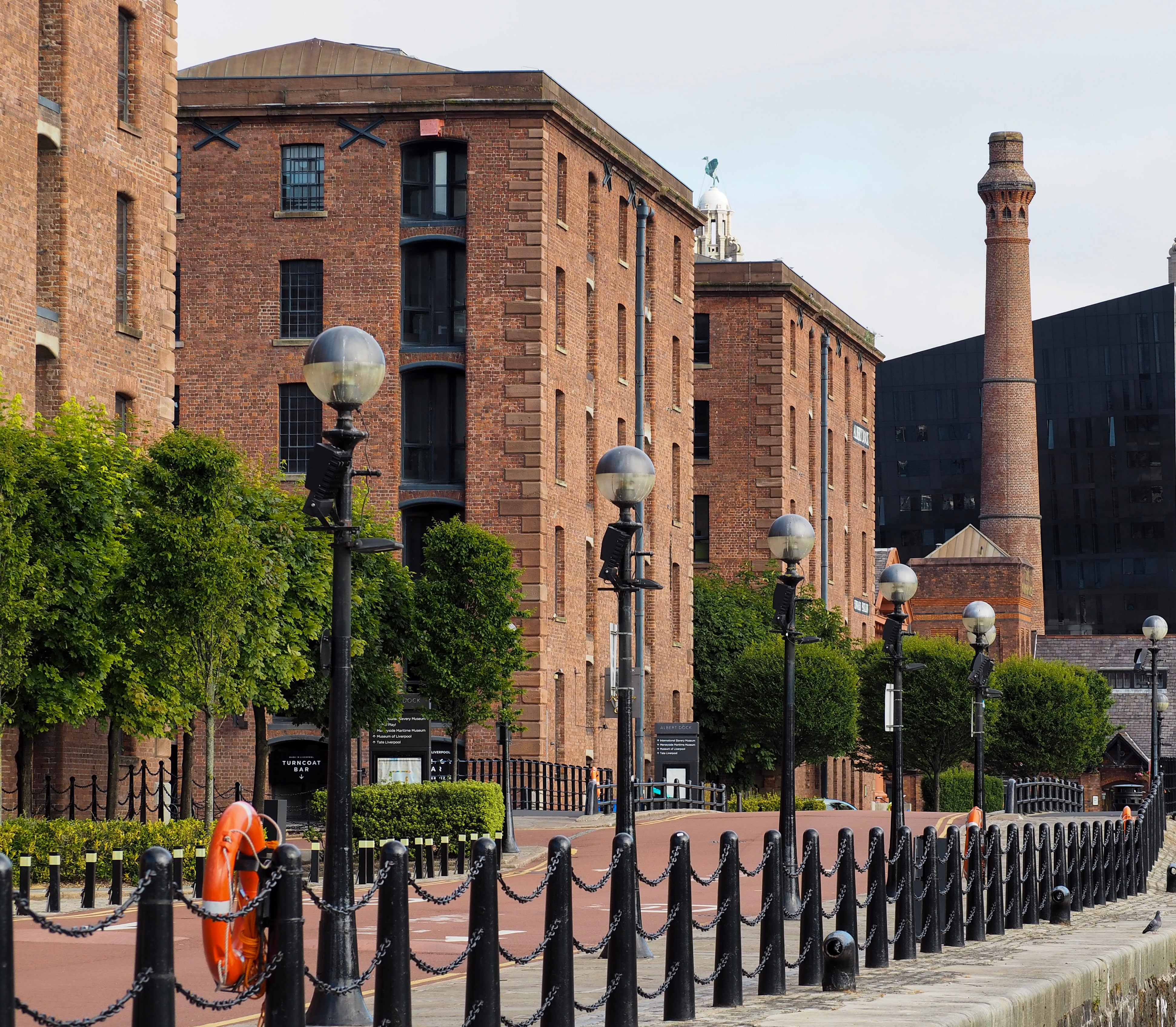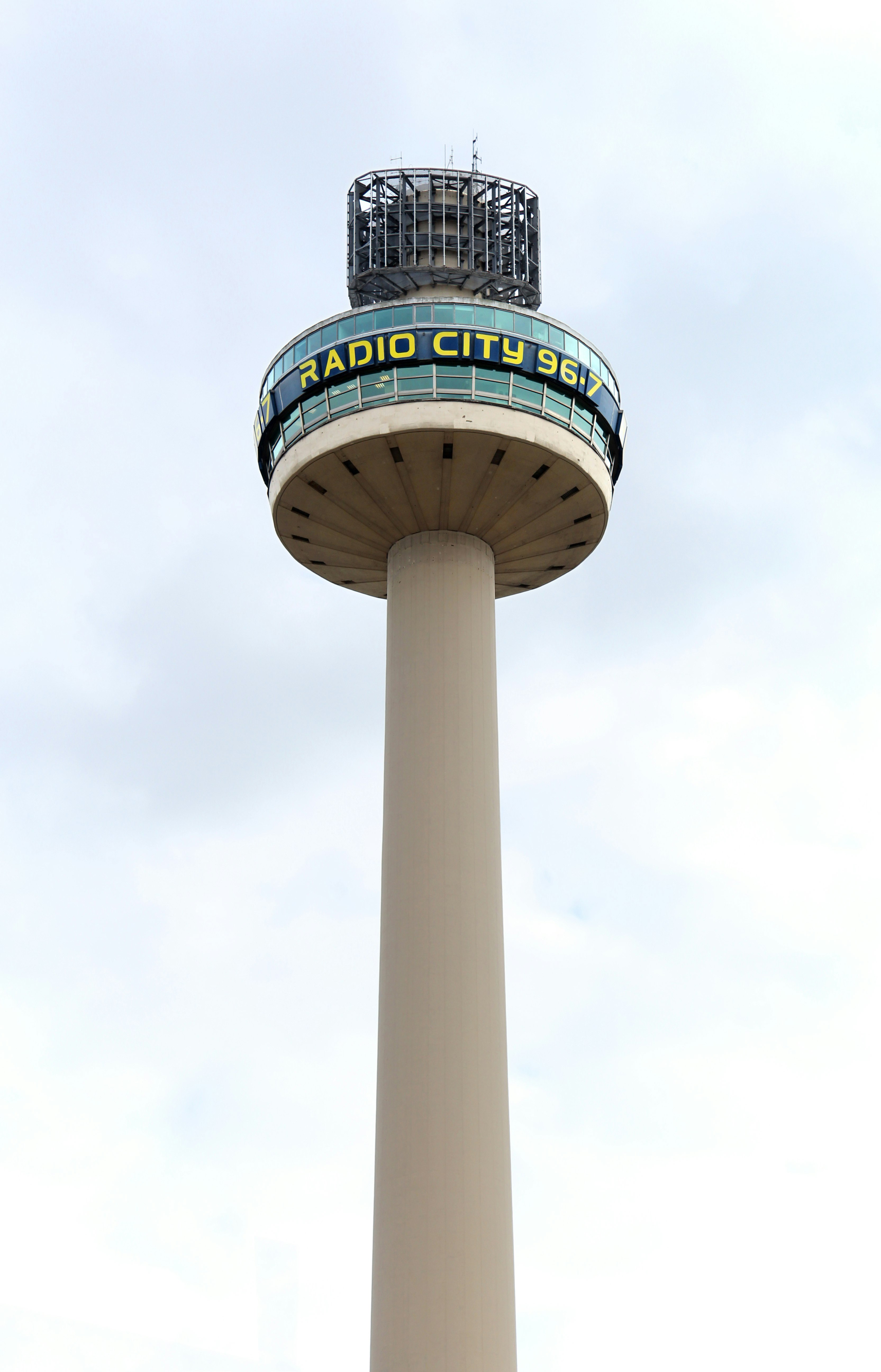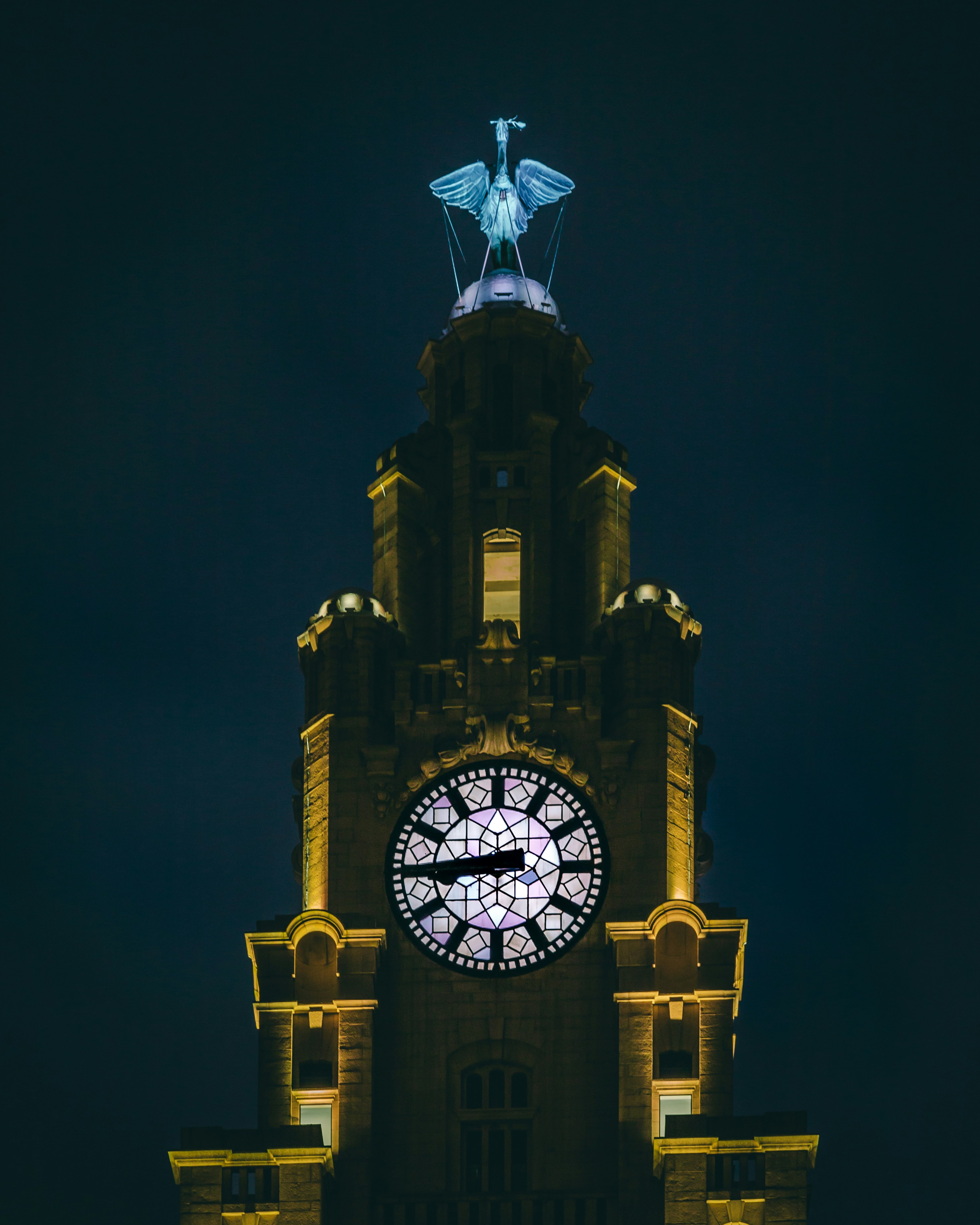
The history of Liverpool can be traced back to 1190 so called due to its muddy waters. Liverpool remained a small settlement until trading with Africa and the West Indies which included the slave trade.
Liverpool’s first wet dock was opened in 1715 and Liverpool's expansion to become a major city continued over the next two centuries. Liverpool gained city status in 1890 and is now one of the major cities in the world with millions of visitors to the city each year even boasting two Cathedrals! Liverpool is renowned for its culture, with its galleries, music, football, theatres, all at the heart of its popularity, which was evident when Liverpool was named as the Capital of Culture in 2008 following the cites riverfront designated as a World Heritage Site in 2004.

The Dock now boasts bars, shops, Restaurants, Theatres. The Investment has continued throughout the city with both residential and Commercial growth. The City also boast a number of 5 start hotels which continues to grow. Liverpool has witnessed both an economic and civic revival with its economy growing faster than the national average.
Recognised Internationally as one of the top cities in the world, exhibitions, shows, concerts, sporting events, festivals and night clubs, happenings of every nature from small and intimate to grand and spectacular. Aintree Races, Rugby World Cup, International Football and Concerts are held regularly. Many world renowned recording artists choose to perform in Liverpool, with one week each year set aside for the international Beatles week alone. In addition, May cultural events take place; Creamfield’s, The Tall Ships, The Giant, as well and numerous foot and drink festivals to name a few. Every month there’s something big to do.

Liverpool has one of the largest university populations in the country and remains one of the largest cities in the UK and a mecca for sports fans worldwide, thanks to the both Liverpool and Everton football clubs being based in the city. As a result, demand for rental properties in Liverpool is understandably at an all-time high, not only from tenants but investors looking to make a savvy purchase. Which means rental properties are being sold as soon as they become available.
Looking ahead, there are plenty of development schemes planned for the city and surrounding area, including housing schemes and major regeneration of the Liverpool Docks, Anfield, and Kirkdale.This will result in raised house prices in the area as it increases in desirability. Liverpool’s L1 postcode in particular is on the up, still remaining affordable but having experienced a rise in house prices of 41.2%.

Everywhere you go there is beauty in Liverpool, front architecture of the old buildings to the more modern; there isn’t a light it doesn’t look well in. The three Graces are the Royal Liver building, The Cunard Building and the Port of Liverpool Building, which has a kaleidoscope style effect, where whatever angle you’re looking at it from, it is stunning.
Don’t forget, if you want a cathedral, St Luke’s stands beautifully battered at the top of Bold Street as a testament to those who died in The Blitz, but also as a testament to the spirit of the city. Liverpool has direct road links with many other major areas of England.
If you look down just for a moment while walking through Liverpool, chances are you’ll miss something amazing. The city is home to a vast number of stunning and historic buildings. It actually houses over 2,500 listed buildings and 27 of these are Grade I.
The beautiful architecture of Liverpool has a story to tell; it represents over 300 years of a port of worldwide importance, whose fortunes declined in the twentieth century but is now experiencing a renaissance as a cultural capital.

The west to east M62 motorway connects Liverpool with Hull, and along the route also provides a link with areas including Manchester, Leeds and not far along the M62 from Liverpool is the interchange with the north to south M6. This provides links to more distant areas including Birmingham, the Lake District and beyond.
One quick Wikipedia and you’ll discover that Liverpool was responsible for most of the modern world. The people of Liverpool has always been known for their defiance, innovation and spirit. From pioneers of mass transmit to the Hillsborough injustice, it constantly remind people not to underestimate Liverpudlians.
From Capital of Culture to a more unofficial status of capital of kindness, the people of Liverpool have always shuffled their feet to the tune of The Mersey Beat.

Ten years ago, Liverpool stood firmly on a world-renowned stage and embraced its well-earned title of European Capital of Culture. Liverpool city of culture transformed the way the world perceived the modern metropolis of art, culture and sport and propelled Liverpool into an instantly recognisable destination.
The once thriving port might not be the same but the willingness to adapt is. Liverpool has been described as The New York of Europe and the second city of the empire.
The decision to bid for the European title was instigated before the turn of the millennium eighteen years ago, and foundations were made to start revolutionising the region’s collective ambition. Eight years later after a total of £4 billion of public and private investment, fueled by cultural activity, Liverpool’s visitor economy had doubled. Liverpool had secured its reputation and began to be increasingly more attractive to overseas visitors with notable spending powers.
During the Liverpool European Capital of Culture, 9.7 million additional visitors were attracted to the spectacle in 2008, constituting 35% of all visits to the city, generating an economic impact of £753.8 million – the highest for any European Capital of Culture to date.

According to recent reports, the Liverpool population has experienced an immense rise in the past decade, specifically in the city centre. When crunching down on numbers in the Liverpool population, 2017’s figure of 29,060 was double that of the previous 15,271 people living in the centre of Liverpool in 2006, meaning Liverpool has the fastest-growing city centre of recent years.
For the Liverpool population, 2018 was another big year for growth. The population of Liverpool in 2018 stood at around 493,856 according to UK population statistics. This highlights a 0.94% rise from 2017 when the Liverpool population stood at 489,241. The largest Liverpool population growth happened between 2015 and 2016, when the figure of people living in Liverpool rose by 1.67%.
Demographic breakdowns highlight the heavy influx of young people as a key driver for this Liverpool population growth, with 75% of Liverpool city centre residents being aged between 17 and 29. Around 21,551 individuals were recorded in this age range during the middle of 2016, with many of them assumed to be young professionals taking advantage of Liverpool’s eclectic employment opportunities.

Liverpool’s stance as a top student city is also said to have some influence on the city’s increasing population. High numbers of younger people are thought to be partly down to the economic success of Liverpool’s three universities, which all feature in the top 60 official University League Tables. The Liverpool university population stands at over 70,000, with the majority of students living in city centre accommodation.
Liverpool is widely known as one of the UK’s most affordable locations. Everything from property to a pint of lager is cheaper in Liverpool than in many other cities, especially those down South. The affordability of Liverpool has fuelled this population growth as more people have chosen to move to the city from more pricey areas like London.
The average property price in Liverpool is around £130,000, while the average rent costs around £790 per month, attracting a lot of people from lower average ages. Of course, these figures are just an average and can vary by property type and location.

For instance, the rent of a two-bedroom flat in the South Liverpool district could cost around £600 a month, which is a lot lower than what tenants would pay in London. Due to the fact that Liverpool property prices are so low, however, average rental costs in Liverpool still allow investors to generate some attractive rental yields.
According to Government data in 2018, Liverpool City Region has had the highest amount of growth compared to any Combined Authority area in England, with statistics revealing a 3.3% growth rate in 2017. This is higher than England’s average, which is a growth rate of 2.0%.

The city is already experiencing a year-on-year increase of £1.6 billion in growth, and this is predicted to continue into the future. A 15-year plan for Liverpool growth includes 35,000 new homes and 370 acres of land which will provide new jobs to combat the sky-rocketing population. Liverpool investment is no doubt contributing to the success of the city’s economy. Along with Manchester, Liverpool is considered one of the top UK cities for property investment due to the high rental yields, strong capital growth, and high rental demand thanks to the city’s growing population.

The fact that the supply of available housing in Liverpool is lower than its augmenting population is great news for property investment opportunities in the city. Rental yields are reaching outstanding potential due to the lack of stock on the market, with Liverpool dominating buy to let postcode charts. NET returns as high as 12% can be achieved in the most lucrative areas, while property values are also on the up. As Liverpool’s population continues to boom in a reflection of its popularity and success, investors can look forward to maximum capital appreciation on its properties as house prices inflate over impending years, particular with the city centres population growth.
